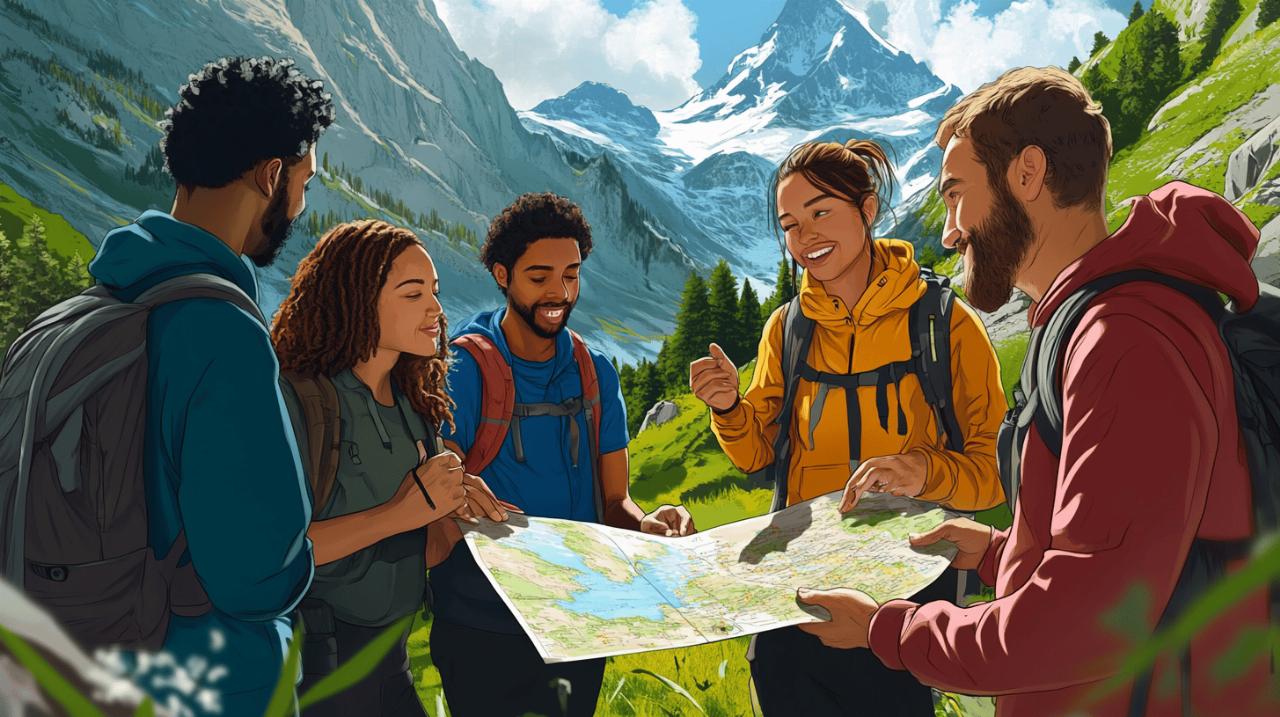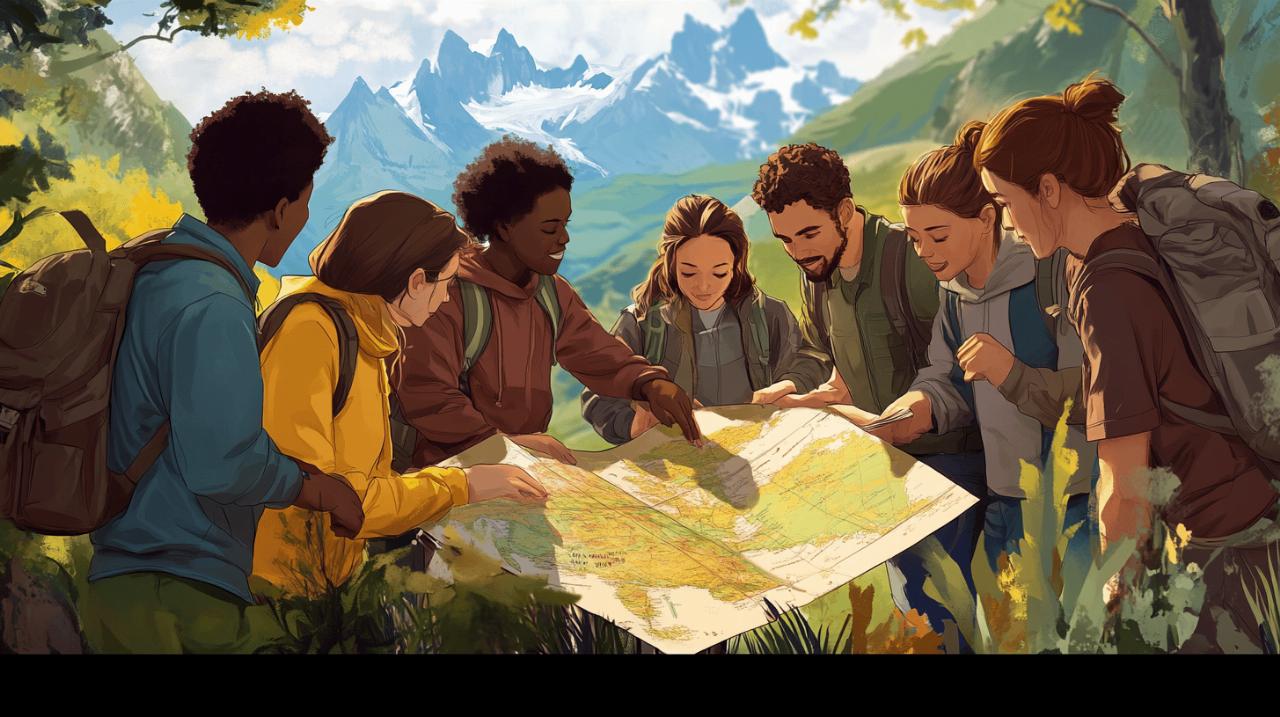Adventure planning involves much more than choosing exciting destinations and activities – it demands careful safety preparations to ensure enjoyable experiences without compromising wellbeing. Safety measures like first aid knowledge, emergency protocols, and risk assessment form the backbone of responsible adventure planning for everything from local microadventures to wilderness expeditions.
Creating a comprehensive first aid strategy
When preparing for any outdoor expedition, developing a thorough first aid strategy ranks among the most critical safety measures. This preparation involves not only carrying the right supplies but also acquiring the knowledge to use them effectively in emergency situations. Starting with small, local adventures provides an excellent opportunity to practice these safety protocols before tackling more challenging environments.
Selecting appropriate medical supplies for different environments
Every adventure environment demands specific medical supplies tailored to likely injuries and conditions. For water activities like kayaking, waterproof packaging for all supplies becomes essential, along with treatments for hypothermia and drowning-related emergencies. Mountain expeditions require supplies for altitude sickness, while tropical environments call for insect bite treatments and rehydration solutions. Beyond basic bandages and antiseptics, consider environment-specific threats when assembling your kit. The key lies in thorough research and preparation – you can find comprehensive checklists and recommendations for various adventure types on preparatuviaje.es, which offers specialized guidance for different activities and locations.
Learning crucial first aid techniques before departure
Carrying supplies proves useless without knowing how to apply them effectively during emergencies. Taking a certified outdoor first aid course provides invaluable skills for responding to wilderness emergencies far from medical facilities. Focus on mastering wound management, CPR, treating shock, recognizing signs of serious conditions like heat stroke or hypothermia, and improvising with limited resources. Many organizations offer specialized outdoor first aid training, including Adventure Safe with their level 3 awards in outdoor first aid. Practice these skills regularly before your trip, perhaps during smaller microadventures, to build confidence for when real emergencies arise.
Developing effective evacuation protocols
Planning an adventure requires thorough preparation with safety as the primary concern. While exploring the wilderness offers excitement and memorable experiences, establishing robust evacuation protocols is an essential aspect of travel preparation that many adventurers overlook. Proper evacuation planning can make a critical difference during emergencies, ensuring everyone returns home safely after enjoying their outdoor activities.
Mapping emergency exit routes at your destination
Before embarking on your adventure, research and document all possible exit routes from your destination. Start by using navigation tools like Bing Maps with Ordnance Survey to explore the area thoroughly. Mark multiple evacuation paths on physical and digital maps that everyone in your group can access. When mapping these routes, consider potential obstacles like river crossings, steep terrain, or areas prone to weather-related hazards.
For each identified route, estimate travel times under different conditions and note landmarks that can guide evacuation efforts. Always prepare alternative paths in case primary routes become inaccessible. If adventuring in remote areas, locate the nearest emergency services, ranger stations, and medical facilities. This comprehensive mapping process aligns with the British Exploring Society's emphasis on location research as a key factor in adventure planning and satisfies the 'get home safely' priority in safety guidelines.
Establishing clear communication procedures during emergencies
Creating a structured communication system is vital for coordinating evacuation efforts. Assign specific roles within your team, including who will contact emergency services and who will lead evacuation movements. Establish regular check-in schedules and determine what actions to take if someone misses a check-in.
Keep communication tools accessible and protected—store mobile phones in dry bags as recommended for kayaking trips. Decide on clear emergency signals or calls that everyone recognizes, particularly useful in noisy environments or when separated. Practice these signals before your adventure begins. Establish a notification hierarchy detailing who needs to be informed during an emergency, starting with emergency services and extending to emergency contacts at home. This structured approach reinforces team communication while addressing workplace safety requirements for emergency procedures. Remember that when planning any adventure, from simple microadventures to wilderness exploration, sharing your detailed plans with someone at home—including your emergency procedures—remains one of the most effective safety measures you can take.

